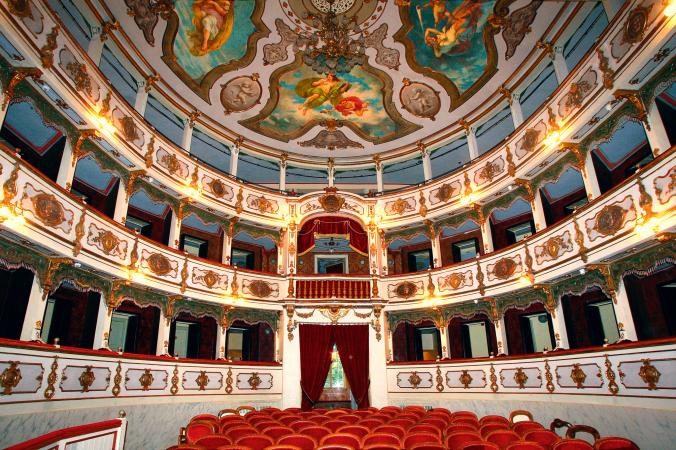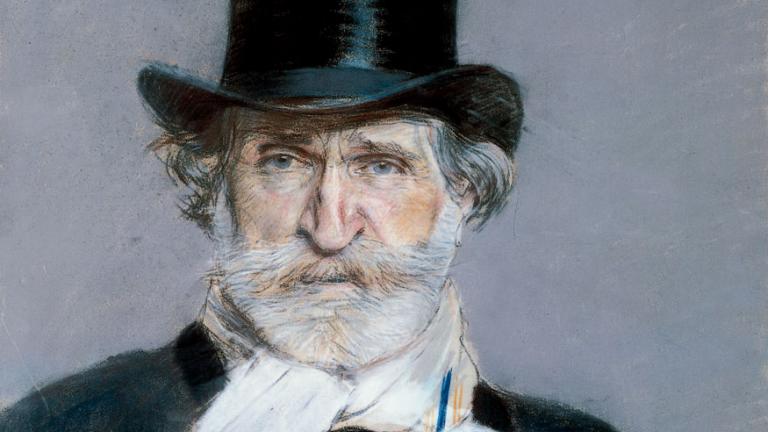Italian composer Giuseppe Verdi’s first opera, Oberto, conte di San Bonifacio, debuts in Milan. The premiere was held at La Scala, Italy’s most prestigious theater.
The follow written content by History

Oberto was received favorably, and the next day the composer was commissioned by Bartolomeo Merelli, the impresario at La Scala, to write three more operas. In 1842, after some personal and professional setbacks, the opera Nabucco made Verdi an overnight celebrity. He would go on to compose such classic operas as Rigoletto, Il Trovatore, La Traviata, Aída, and Otello.
Giuseppe Verdi was born in Le Roncole in the former duchy of Parma in 1813. His father was a tavern keeper and grocer, and Verdi demonstrated a natural gift for music early. He studied music in the neighboring town of Busseto and at the age of 18 was sent to Milan by a sponsor to enter the Milan Conservatory. He was rejected for being overage but stayed in Milan and studied under Vincenzo Lavigna, a composer and former harpsichordist at La Scala. In 1834, Verdi returned to Busseto and became musical director of the Philharmonic Society.

Five years later, Verdi, at 26 years of age, saw his first opera debut at La Scala, the finest theater in Italy. Oberto was followed by Un giorno di regno (King for a Day, 1840), a comic opera that was a critical and commercial failure. Verdi, lamenting its poor reception and also the recent deaths of his wife and two children, decided to give up composing. A year later, however, the director of La Scala convinced him to write an opera based on the story of the Babylonian King Nebuchadnezzar II. Nabucco (1842) was a sensational success, followed by I Lombardi (The Lombards, 1843) and Ernani (1844).
Rigoletto (1851) is considered his first masterpiece, and Il Trovatore (The Troubadour, 1853) and La Traviata (The Fallen Woman, 1853) brought him international fame and cemented his reputation as a major composer of opera. Verdi’s melodic and dramatic style was further developed in Un ballo in maschera (A Masked Ball, 1859) and La forza del destino (The Power of Destiny, 1862). Aída (1871), commissioned by the khedive of Egypt and first performed in Cairo, is his most famous work. Read more from History.
Follow News Without Politics for more interesting and amazing, important, and relevant U.S. and world news stories plus health, entertainment, sports, weather, food and more without media bias.
Stay informed daily. unbiased news fair and balanced, ahead of influence.




